“What Kind of Milk Should I Drink?”
Last Updated February 5, 2016 · First Published January 30, 2012
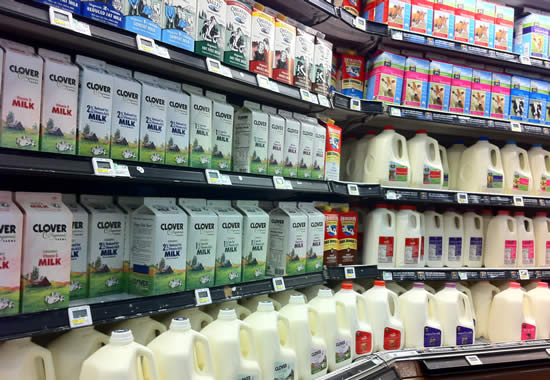
I’ve gotten this question a lot lately. People can get pretty passionate about their milk, so for the sake of this particular discussion, let’s assume you’re not asking whether or not you should drink milk at all, just that you are a generally healthy adult who likes to drink milk, and you’re wondering about which particular type of cow’s milk is the best way to go.
In the past, I’ve simply recommended fat-free or low-fat milk. I’ve done so because that’s what the government recommendations say to do. In recent months, however, I’ve been learning a bit more about milk (and have also become wary about the influence industry has on the government’s dietary recommendations).
Although I don’t have first-hand experience (I’m a little lactose-intolerant), I purport that drinking raw, whole milk from healthy, well-treated cows that eat grass in the pasture is probably the best way to go. That’s because the nutritional profile of milk from cows that eat grass — rather than corn — is better for you. It’s also better for the environment… And for the cows. (Here’s a good discussion of grass-fed vs. grain-fed cows).
[Update: See Kate’s important comment about the dangers of raw milk.]
Unfortunately, tracking down grass-fed, raw milk can be difficult, if not impossible (oh yeah, and it may be illegal). Even if you can find a good source, it’s probably quite expensive compared to just going to the supermarket. So, you ask, what about the typical pasteurized-homogenized store-bought stuff?
First, I recommend buying certified organic dairy products whenever possible (though if I had to choose between pastured-and-grass-fed-but-not-certified-organic, and corn-fed-and-Organic, I’d go with the first option).
After that, it’s worthwhile to know what happens to most milk before it gets to you. To start, it’s combined with milk from hundreds or thousands of other cows. Then it’s spun in a centrifuge to remove the fat. Next, the fat is added back into the milk to the desired percentage, and the fat is homogenized [good description, though from an obviously biased source] to keep it from floating back up to the top. Then it’s pasteurized and finally packaged up and sent on its way to the store.
So this type of “whole milk” is not really whole anymore. It’s been split apart, put back together, and heavily processed.
If it’s going to be pasteurized-homogenized milk, especially if it’s from cows that are eating corn and not grass, we may be better off avoiding the fats altogether. The nutritional profile of the fats in the milk is going to be different (worse) from those cows.
Additionally, by drinking non-fat milk, it reduces the overall calories — and the fewer calories we drink (rather than chew) the better. Quite a few studies have shown that liquid calories are not registered by the body as well as solid calories, so if we drink our calories, we tend to consume more overall.
In choosing your milk’s fat content, though, I wouldn’t stress too much about those few added calories. Drinking water instead of milk will make a bigger difference than choosing 1% instead of 2% milk — unless you drink a lot of milk. Also, if there’s more fat in your glass of milk, it may increase your satiety a bit — meaning you’ll feel fuller longer. If that’s the case, the extra fat may be beneficial overall.
On a related note, we’ve switched to using real butter in our house instead of butter-replacements like Smart Balance or Earth Balance. That’s not for everything, mind you — we still use plenty of olive oil, and I’m loving my unrefined coconut oil. But we’re buying butter only made from grass-fed, pastured cows. The fats are better for us, and it tastes better, too.
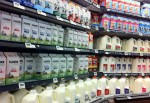

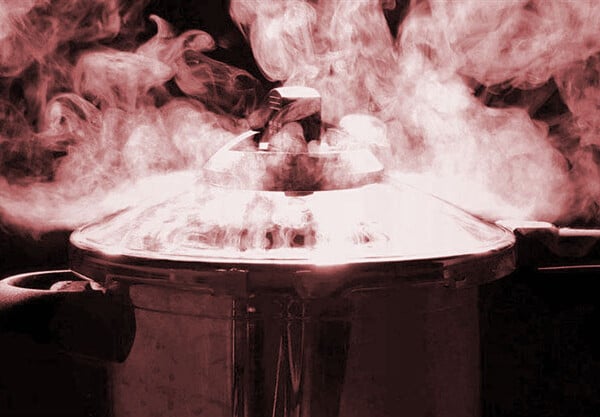
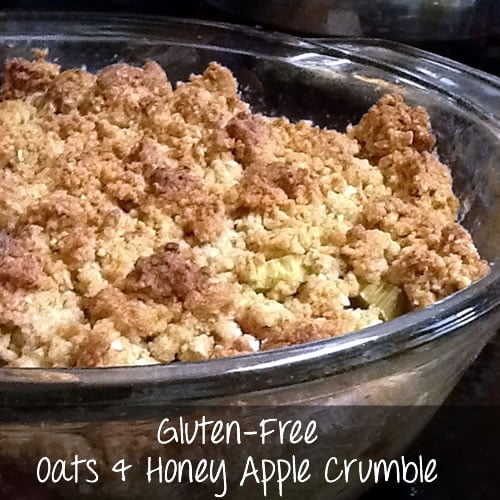
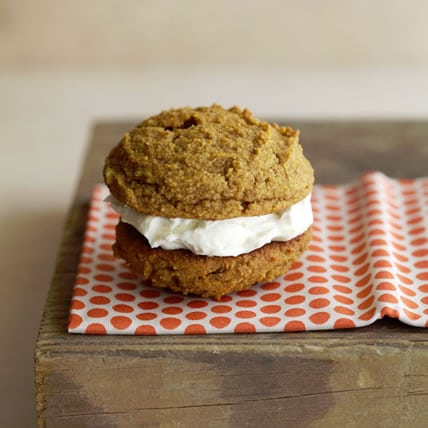
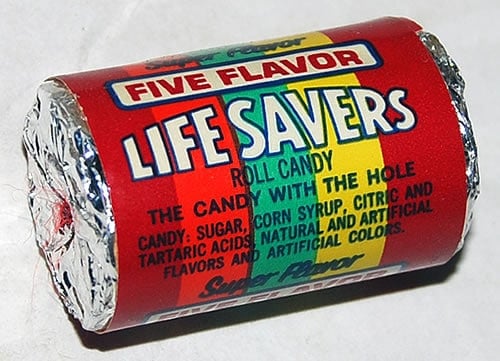















Without wishing to get into conspiracy-type discussions i remember reading that the homogenising process benefits 2 parties- the PRODUCER and then the RETAILER, by extending the Rack/Shelf life!! Its said that breaking down the natural fat globules artificially, they become minute enough to penetrate the stomach lining and cause havoc in the bloodstream! All the bad things we blame on cholesterol. The answer appears to be either good raw milk, as you mentioned or UHT process( if you really have to have it!Although the latter process renders the milk nutritionally benign.) Hope the Milk Mafia doesn’t come after me!
Find a dairy near you (localharvest.org, eatwild.com) and buy direct from a farmer if you can. It will be from that one farm, will likely be creamline (non-homogenized) and low temperature pasteurized or possibly raw if that’s legal in your state.
If you can only buy raw straight from the farmer, and are afraid of drinking it, it’s no dark laboratory secret to pasteurize the milk yourself. You’re getting milk produced to a much higher standard, and can pasteurize it at a lower temperature thereby retaining all the positive qualities of the milk.
In the grocery store, organic almost always means Big Dairy and is ultra-pasteurized…
Agreed! It’s so yummy too! Just discovered our son is lactose intolerant, but I used to make butter and fresh ice cream with our fresh raw milk!
Soy, rice, and nut milks are all potentially good alternatives. I say “potentially” because many of the store-bought ones have added sugar and/or texture enhancers like carrageenan (which I’ve recently figured out gives me an upset stomach).
Best thing to do, of course, is to make your own! Nut milks are easy (water+nuts+blender=yum!), and here’s a good how-to on soy milk:
http://www.eatingrules.com/2011/10/how-to-make-soy-milk/